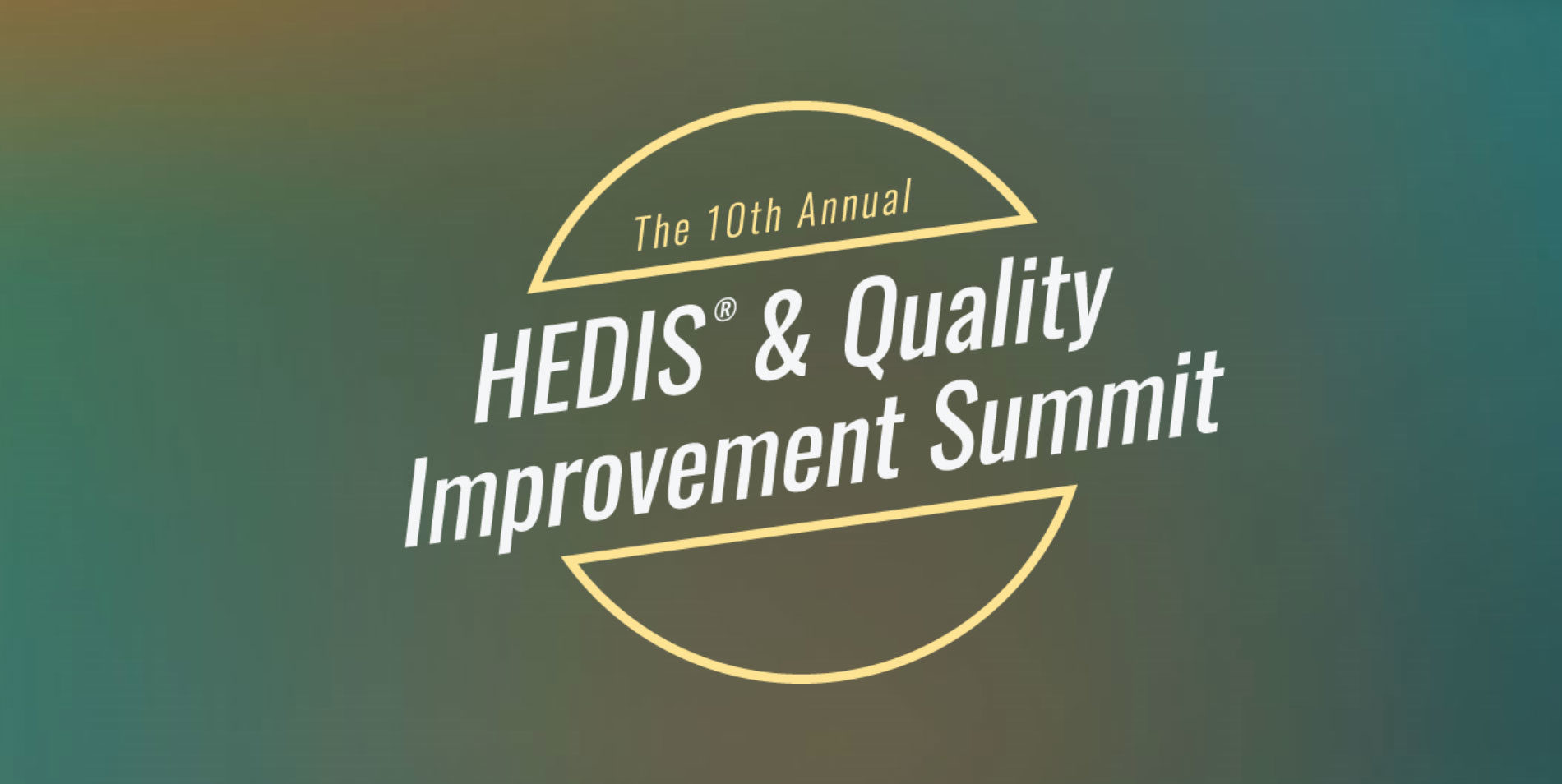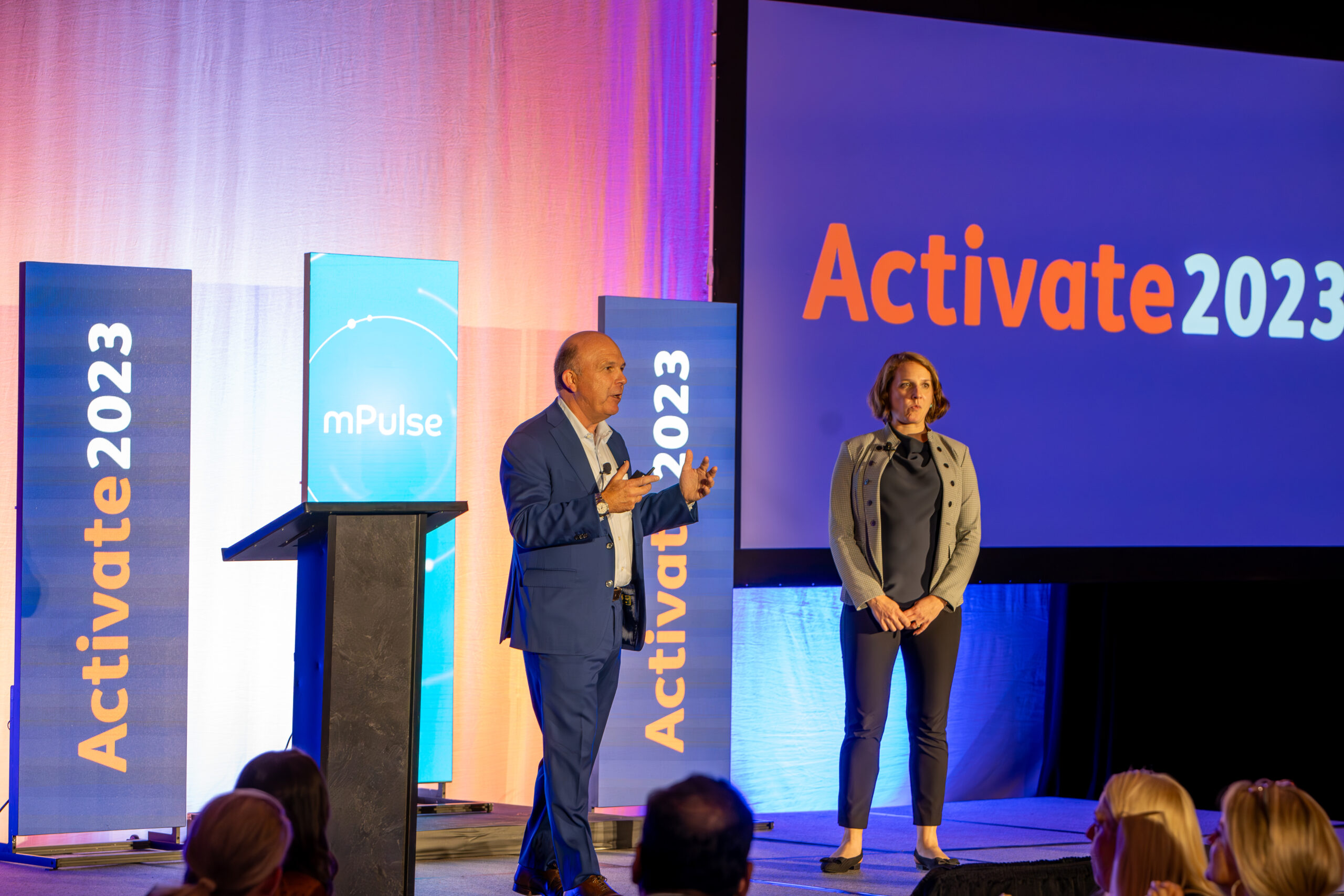mPulse Mobile’s Government Programs Strategic Market Executive, Reva Sheehan, sat down with John Hopkin’s Director of Medicare STARS at Advantage MD, Tejaswita Karve, and Molina’s Regional Manager of Risk Adjustment, Ryan Dodson, to discuss New HEDIS Patient Experience Measures and Weights at the RISE HEDIS and Quality Improvement Summit. While the summit focused primarily on HEDIS and Star Ratings changes affecting the 2021-23 years, there were a few key insights we thought stood out during the panel. Here are our Key Takeaways:
Get to Know Your Members and Their Experience with Their Plans
The Annual Open Enrollment period is an important time of the year for both health plan and members. Health plans have the opportunity to re-engage members with new and important information and hopefully retain membership while welcoming new acquisitions. Members also have the opportunity during this time to reevaluate their current plan and benefits and voice what is important to them and what they felt was lacking throughout their interactions with their plan. It is a crucial time for member outreach.
Because CMS requires some materials are delivered to members before the beginning of the Annual Enrollment Period (AEP), if plans experience returned mail or unopened digital messages it can be a good indicator of who is or is not receiving the plan’s communications because the bulk of members will get some form of touchpoint from the plan during AEP. This presents an added opportunity to engage members the plan may not have known they were missing all while strengthening continued outreach to members who voiced their pain points with the plan.
Discover the Differences Between High Utilizers and the Mildly Engaged
Understanding engagement differences from in-between members, those who the plan does not hear from often enough, from high utilizers will help guide what touchpoints are most effective for that mildly engaged population. Perhaps one method of communication results in a high feedback but is less successful for an entire smaller core demographic. What does the plan do with that data? Using encounter data or claims compared to communications with the plan can uncover communication barriers that will help the plan hone in on the right outreach for each member. For example, when mPulse deployed our Fotonovela Solution with one of our managed care partners, our data reflected that our partnered plan had a 37% engagement rate from the Spanish speaking population vs. 17% from the English-speaking population. Fotonovelas proved to work more effectively with one population over the other. Without that response data with specific language points and outcomes, mPulse may have seen a successful use case but would not have had the valuable data that prompts the plan to segment their outreach appropriately. Being able to capture those data points and incorporate them into future outreach strategies alleviates some of the unknown factors that affect the overall member experience from outreach to appointment.
Measures with Increased Weights – Moving forward with CAHPS
CAHPS carries much more weight in the coming years and with that plans will need to rethink how they deploy off cycle surveys and related communications, while trying to sift through the stagnant data they have now. During the RISE panel, John Hopkins’, Tejaswita Karve, touched on the efficacy of NPS scores and how to collect that feedback and utilize those data sets. Plans can use that data to keep their members in the loop while waiting for the 2021 survey results. Educating members and empowering them with the knowledge that their feedback matters and why it matters and how the plan makes changes based on the data collected from these surveys will have a positive impact on member perception. Being proactive helps engage the member in future communications because the member is more aware of what to expect and how their input directly impacts their care management.
Combat Survey Fatigue
Deploying short surveys throughout the year to collect information on what resonates with the members shows that the health plan is listening to members’ feedback and are taking action. One of the panelists mentioned that her past organization deployed a “We Heard You” campaign that worked well by engaging members of new changes all throughout the year, keeping them informed of new programs and benefits that in some cases were a direct response from the members. Advisory boards and focus groups can be a good tactic when gathering data for outreach, but it also makes the member the centerpiece of the conversation. It is an opportunity to ask if they have everything they need, all while building a relationship and ambassadorship. The data collected right from the source is a valuable tool when engaging in future outreach.
Sometimes Perception is More Important than Experience. Go Above and Beyond Ahead of the Visit.
Taking action to inform and engage members on what to expect from their doctor visits, providing information that is important to them, like billing and what is covered and what is not, will help build a more trusting relationship between provider and member, but it will also eliminate any future mistrust due to lack of information. Utilizing automated touchpoints to prevent minor backend mistakes and miscommunication with the member can go beyond the annual survey. For example, the provider and plan have the opportunity to explain the terms of Annual Well Visits within the defined value sets ahead of the member booking their “free AWV” that could prevent any mistakes about co-payments and billing. Explaining the terms ahead of the visit and providing a list of what falls under annual well visits, not only informs the member and prevents coding errors on the provider side, but it creates a relationship and line of communicative trust.
Including members in the conversation ahead of outreach goes above and beyond the standard level of communication between plan and member. It is important to keep the data collected from past surveys and NPS scores close to engagement strategy, and above all, prioritize the ongoing relationship between member and provider and plan as member experience will make up over one-third of the overall Star Rating for 2023.












